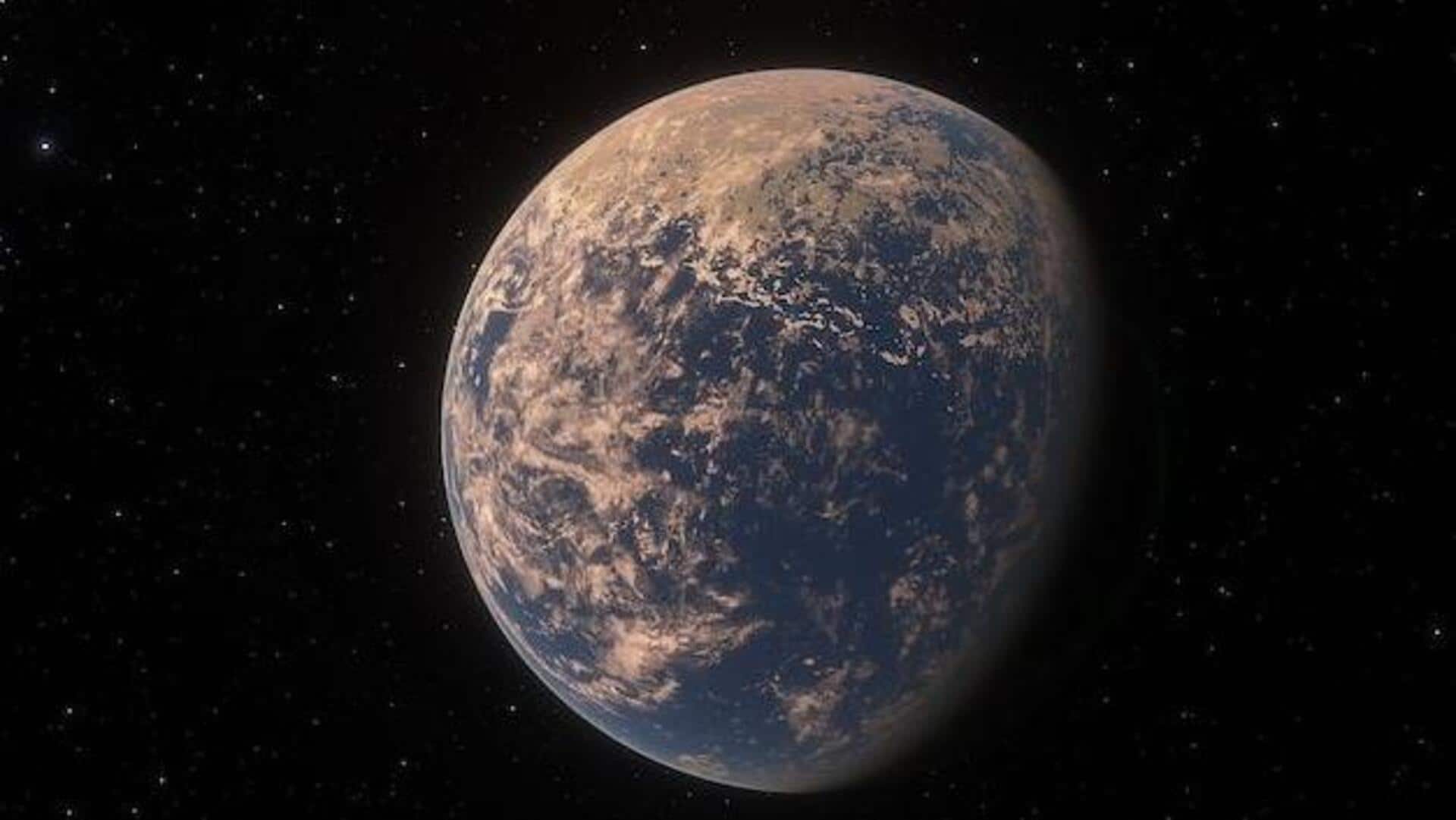The Search Begins
The search for extraterrestrial life is a multifaceted endeavor, drawing upon diverse scientific disciplines and employing cutting-edge technologies. Scientists
are not only looking for signs of life within our solar system but are also exploring the possibility of life on planets orbiting distant stars. The James Webb Space Telescope (JWST), a powerful instrument launched in 2021, is playing a pivotal role in this search. The JWST has enabled astronomers to examine the atmospheres of exoplanets, providing crucial data about their composition and potential habitability. This data helps determine whether the presence of water, oxygen, and other life-supporting elements can exist, thereby expanding the search beyond our immediate cosmic vicinity.
Habitable Zones Explored
A key focus of the search for extraterrestrial life is the concept of the 'habitable zone,' sometimes called the Goldilocks zone. This zone is the region around a star where the temperature is suitable for liquid water to exist on the surface of a planet. Liquid water is considered essential for life as we know it. Scientists are actively seeking planets within these habitable zones. Notably, the discovery of planets orbiting nearby stars, like the TRAPPIST-1 system, has fueled excitement. In this system, several planets are within the habitable zone, making them prime candidates for further investigation. The JWST is being used to study the atmospheric compositions of these planets, looking for biosignatures which are chemical indicators that could suggest the presence of life.
Telescopes in Action
Advanced telescopes are the workhorses of the search for extraterrestrial life. The James Webb Space Telescope (JWST) is equipped to analyze the light that passes through the atmospheres of exoplanets, allowing scientists to decipher the chemical make-up of these atmospheres. It is also searching for signs of carbon dioxide, water vapor, methane, and other molecules that might suggest the possibility of life. While JWST is making critical advances, other telescopes, such as radio telescopes, are also contributing to the search. These instruments scan the cosmos for radio signals that may be sent by alien civilizations. The use of a “double zoom” technique by astronomers is a recent technological leap. These telescopes provide detailed data that helps scientists to understand the universe and identify potential alien civilizations. The combined observations from various telescopes significantly broaden the scope of the search.
The James Webb's Impact
The James Webb Space Telescope is revolutionizing our understanding of the universe and significantly enhancing the search for extraterrestrial life. The telescope’s sensitivity allows it to observe distant exoplanets with unprecedented clarity, thus providing more information about their atmospheric conditions. It can detect biosignatures. Initial observations from the JWST have already provided interesting data about exoplanets in habitable zones. Discoveries such as a giant planet orbiting in the habitable zone of our closest sun-like star are generating excitement. The continuous flow of data from the JWST and its upcoming discoveries promise to give a more clearer picture about alien life, potentially bringing us closer to confirming life beyond Earth. This powerful tool marks a significant turning point in astronomy.
Challenges and Hopes
Despite the advancements in technology, the search for extraterrestrial life faces numerous challenges. The vast distances involved in space exploration mean that even with powerful telescopes, it is difficult to analyze the detailed composition of exoplanets. Additionally, the data can be difficult to interpret. Scientists need to distinguish between signs of life and naturally occurring phenomena. The challenge for scientists lies in developing techniques to detect and confirm that something which is being observed is undeniably of biological origin. Despite these challenges, the scientific community remains optimistic. The ongoing progress in telescope technology, increased understanding of the universe, and the commitment of scientists around the world inspire hope that the search for extraterrestrial life will ultimately be successful.








